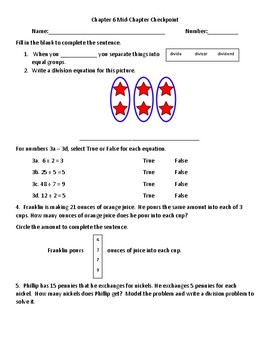


Originally, students were given four more chances to pass the test after failing it in 10th grade-in October and March of both their junior and senior years in high school. In order to get the waiver, ESE students must prove that they have taken several steps to try to pass the FCAT and must also show that they have improved every time they have taken the test.Ī student failing the tenth grade test-that is, the test required for graduation-is allowed approximately five additional opportunities to pass it prior to graduation. Those ESE students wishing to obtain a regular high school diploma must score a passing grade on the FCAT or receive a waiver for the FCAT. However, many counties in the state have adopted other promotional requirements tied to the FCAT, but these are at the discretion of each individual county school board.Įxceptional education (ESE) students were able to waive the FCAT requirement to get a Standard High School Diploma. Grade 3 and graduation are the only two instances in which federal or state statute require passage of the FCAT it is given at the other grades for the intention of providing diagnostic information, both on students and schools. In addition to the third grade requirement, public school students in Florida must also pass the tenth grade FCAT, not only in reading, but also in mathematics, in order to be eligible to receive a high school diploma.

After passage of the No Child Left Behind Act by the United States Congress in 2001, the mandatory passage was moved from fourth grade down to third grade, so as to align Florida with federal statutory requirements. When originally introduced, students in fourth grade were required to pass the reading portion of the test in order to be promoted to the fifth grade. On actual test material it is labeled "FCAT 2.0 Next Generation Sunshine State Standards."Īs of the 2014-2015 school year, many grades do not take the FCAT, and it has now been formally replaced with the Florida Standards Assessments (FSA). Most of the money typically goes toward teacher bonuses, however.Īs of the 2010-2011 school year it has been called the "FCAT 2.0" Schools can use the money for staff bonuses, educational equipment, materials related to boosting student performance, or to hire temporary personnel to assist in improving student performance. This money is not collectively bargained or funneled through the recipient school's district. If a school improves a letter grade (including schools that improve from an F to a D), or maintains an A, the state direct-deposits "reward money" to the school in the amount of $75 per student enrolled (this amount used to be $100 before the 2008 recession). Under this plan, public schools receive a grade from A to F, based on what percentage of students pass the exams and what percentage of both the entire student body and the bottom 25% of the school demonstrate adequate growth on the exam over their previous year's performance. Students' results from the FCAT are compiled to generate a grade for each public school. In the fourth, eighth, and tenth grades, public school students take the FCAT Writes exam (formerly called "Florida Writes!" and "FCAT Writing+") unlike the other tests, the FCAT Writes exam is administered in early February to allow adequate time for scoring before the end of the school year. FCAT Science is administered annually to public school students in the fifth, eighth, and eleventh grades. Private and parochial school students are not required to take the FCAT most of these schools administer another standardized test instead, such as the Stanford Achievement Test, which is exactly the same as the FCAT NRT, formerly taken by public school students. Students in grades three through ten are required to take the reading and math portion every year. The FCAT (Florida Comprehensive Assessment Test) was administered annually, in late February and early to mid-March as well as April, to all public school students in grades three through eleven.


 0 kommentar(er)
0 kommentar(er)
